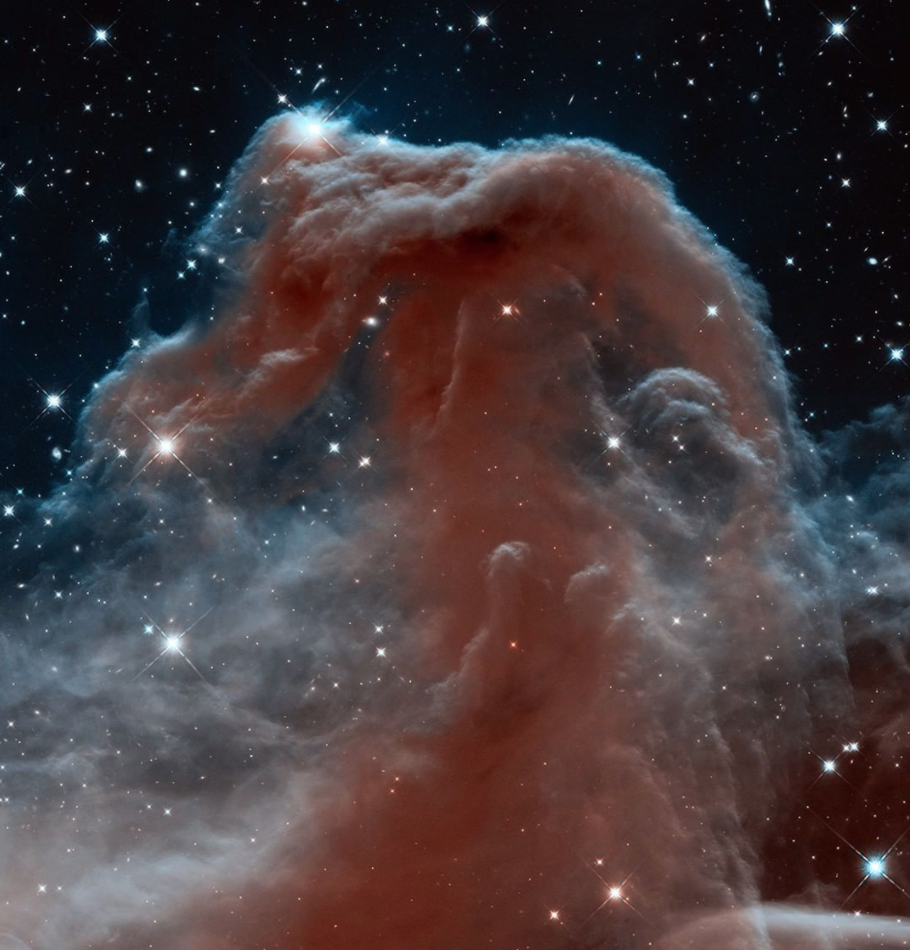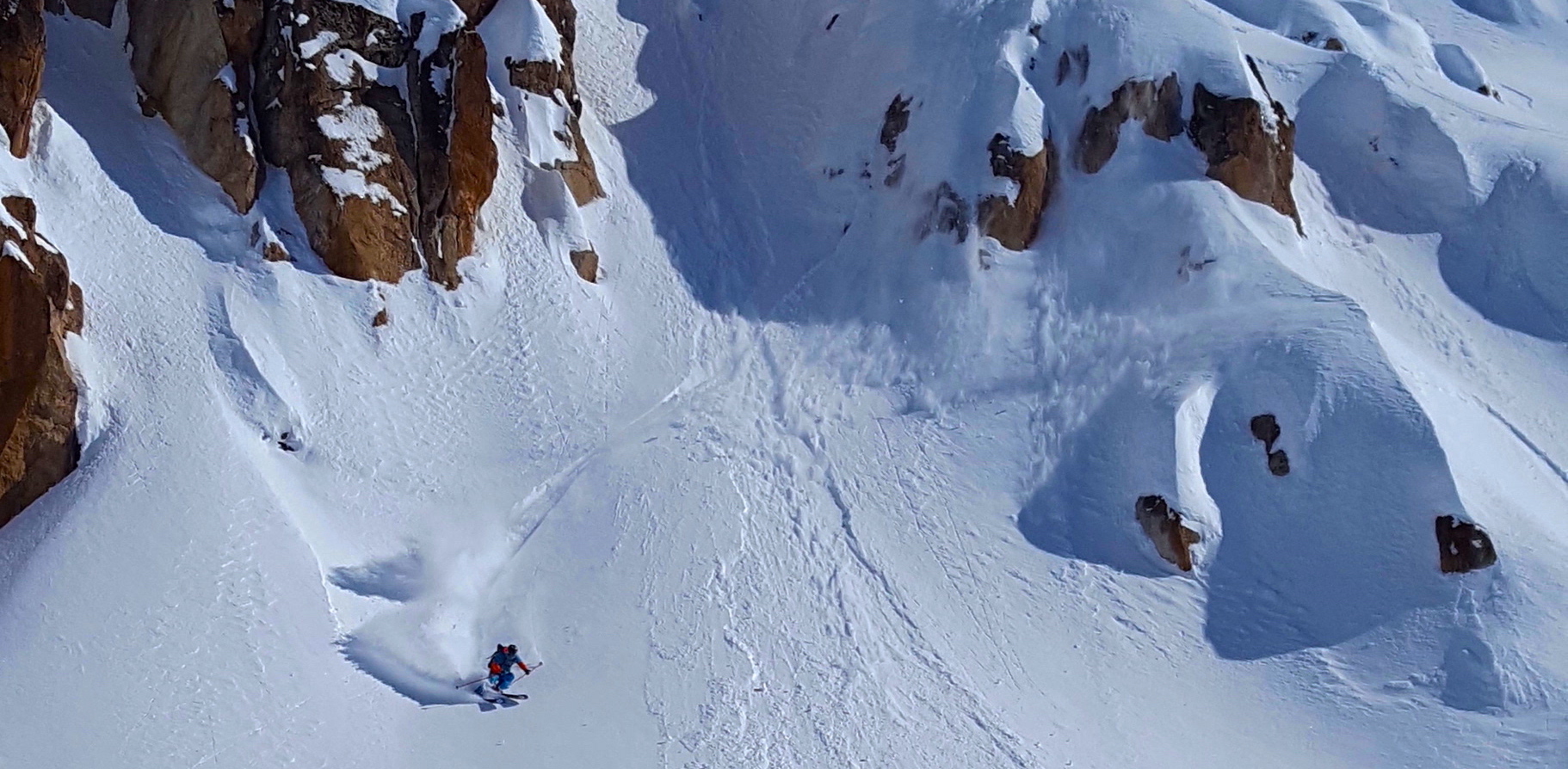
In this Hubble Space Telescope view, the Horsehead Nebula, a popular target for amateur astronomers, appears in infrared wavelengths. The nebula, shadowy in optical light, appears transparent and ethereal when seen in the infrared, represented here with visible shades. The rich tapestry of the Horsehead Nebula pops out against the backdrop of Milky Way stars and distant galaxies that are easily seen in infrared light.
The backlit wisps along the Horsehead’s upper ridge are being illuminated by Sigma Orionis, a young five-star system just off the top of the Hubble image. A harsh ultraviolet glare from one of these bright stars is slowly evaporating the nebula. Along the nebula’s top ridge, two fledgling stars peek out from their now-exposed nurseries.
Gas clouds surrounding the Horsehead have already dissipated, but the tip of the jutting pillar contains a slightly higher density of hydrogen and helium, laced with dust. This casts a shadow that protects material behind it from being photo-evaporated, and a pillar structure forms. Astronomers estimate that the Horsehead formation has about five million years left before it too disintegrates.
— NASA
Here are some facts about the Horsehead Nebula provided by SolarSystemQuick.com:
- The Horsehead Nebula is around 1,500 light-years from Earth and is located in the constellation of Orion.
- Due to its recognizable shape, the Horsehead Nebula is one of the most famous celestial objects.
- It is categorized as a dark nebula composed mainly of hydrogen gas and high levels of dust blocking out background light.
- The dark Horsehead Nebula is visible due to the backdrop of the bright emission nebula IC 434.
- Both the Horsehead Nebula and IC 434 are part of the Orion Molecular Cloud Complex, an enormous star-forming region spanning hundreds of light-years in diameter.
- The Horsehead Nebula is thought to be around 3 to 4 light-years tall and 2 to 3 light-years across.
- The Horsehead Nebula will eventually disperse due to ultra-violet light from nearby stars evaporating its gas cloud.
- In 2001 the Horsehead Nebula was voted the favorite night sky object by amateur astronomers.




